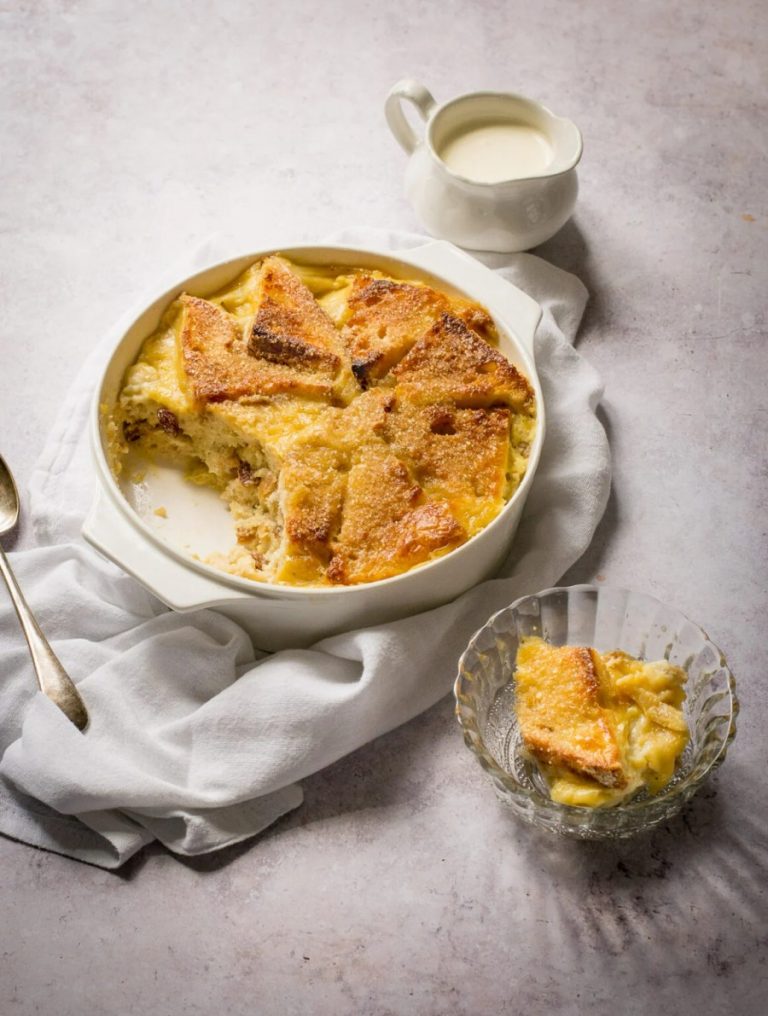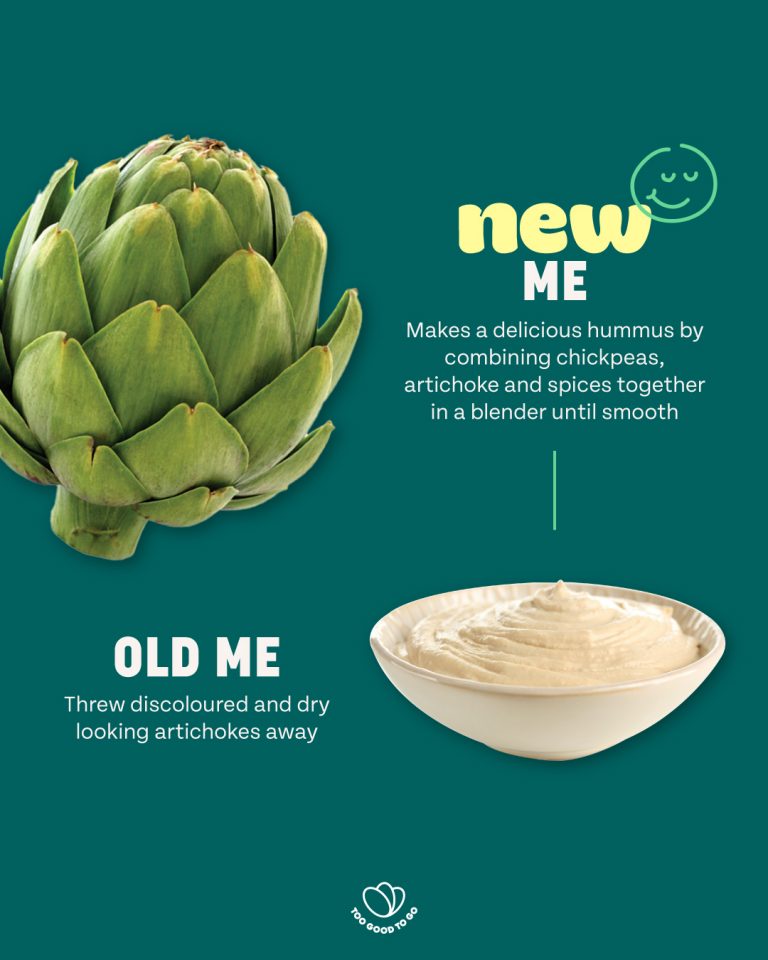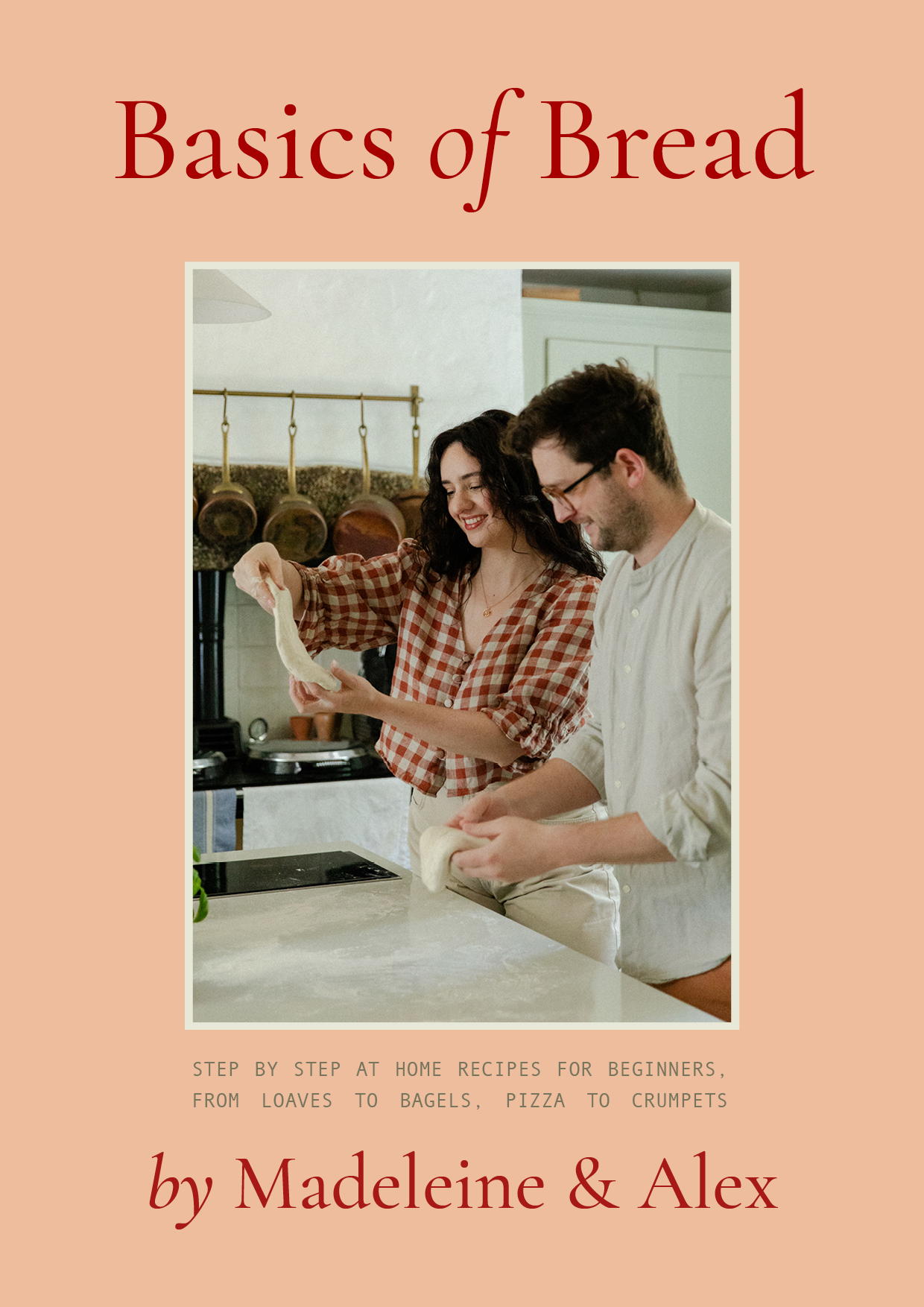
Basics of Bread is a beautiful e-book from Madeleine Olivia and her husband Alex, on how to make 20 simple plant-based bread recipes for beginners. We love Madeleine’s website and her cookbooks, plus before/after home makeovers for their country cottage. If you feel stressed out, pop over to view this site, and find creative inspiration. All will seem right with the world!
Keep fresh bread dough (and other ingredients like dried fruits, spices and nuts) away from pets. Read more on food safety for people and pets.
The book features the basics of how to knead bread plus recipes for pizza dough and bagels, to foccacia, hot cross buns and cinnamon rolls.
If you’re expecting a child, read Madeleine’s post on what she eats during pregnancy, read this in conjunction with your midwife, for simple ideas.
Improve Health with Fresh Ingredients
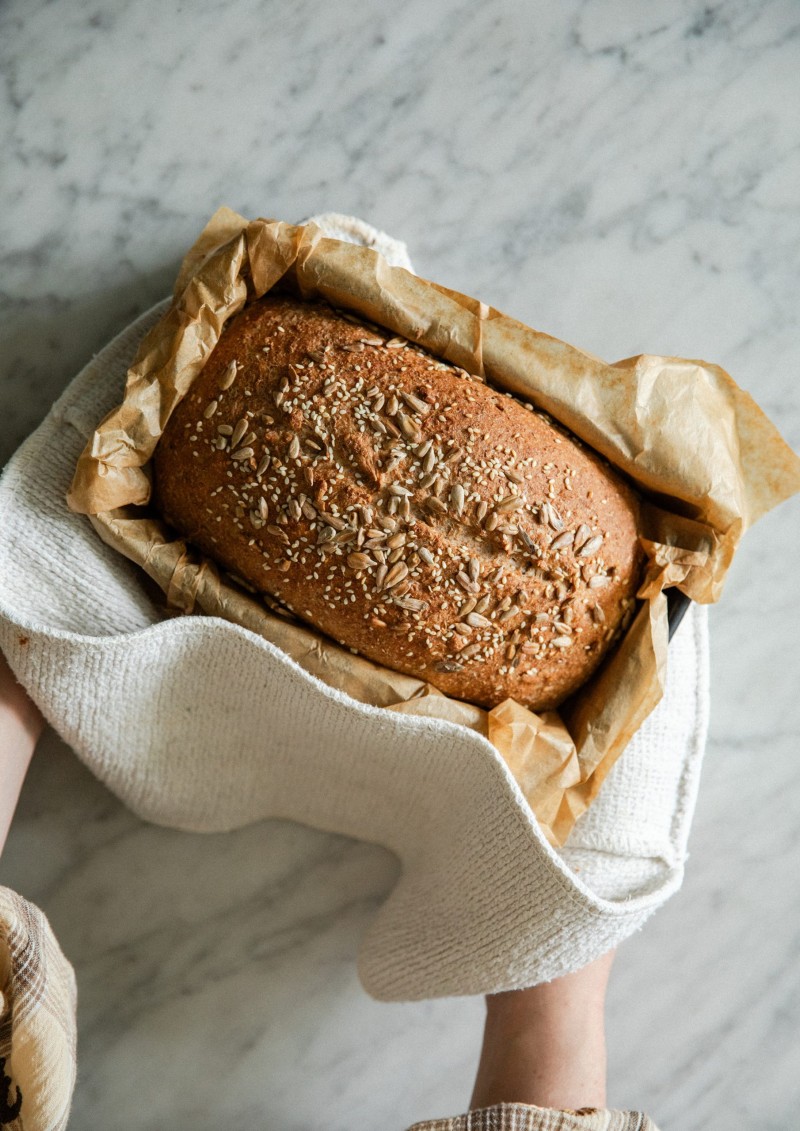
Shop-bought loaves often include preservatives, emulsifiers, and added sugar to keep bread soft on the shelf. Homemade bread keeps things simple. You choose the flour, the salt, and the extras. You set the tone for taste and nutrition.
Whole grains are a smart place to start. They offer more fibre, more vitamins, and a deeper flavour. A mix of strong white flour and wholemeal flour gives you a soft crumb with better nutrition. You can also add seeds, nuts, or oats for texture and healthy fats.
Try a basic loaf that fits a busy day:
- 350 g strong white flour, 150 g wholemeal flour
- 7 g instant yeast, 10 g fine sea salt
- 320 to 340 ml warm water, 1 tbsp olive oil
Mix the dry ingredients, add water and oil, then bring it together. Knead for 8 to 10 minutes until smooth. Prove until doubled, shape, prove again in a tin, then bake at 200°C for 30 to 35 minutes. Let it cool for at least 30 minutes. This loaf gives steady energy and works for sandwiches, toast, and soup.
Add-ons that help:
- Seeds: sunflower, pumpkin, or chia add crunch and minerals.
- Nuts: chopped walnuts pair well with wholemeal flour.
- Flavour: herbs, garlic, or grated cheese for a savoury twist.
Boost Digestion and Energy Levels
Wholemeal flour supports gut health through natural fibre. It feeds good bacteria and helps regular digestion. Many people find that switching from low-fibre bread to a wholemeal mix reduces bloating and keeps them fuller for longer.
Bread made at home relies on complex carbohydrates, not additives. The result is a slow and steady energy release. It fits family meals without the mid-afternoon crash that sweetened loaves can bring.
Portion guidance helps. For adults, 1 to 2 slices with breakfast or lunch is reasonable. Children may need smaller slices. Pair bread with protein and fat, for example eggs or hummus, to keep energy even.
Control Allergens and Add Personal Touches
Allergens appear often in shop-bought bread, sometimes hidden on the label. When you bake at home, you can avoid milk powder, soya flour, or nuts. A simple dairy-free loaf is easy to achieve with flour, water, yeast, and salt.
If you need gluten-free bread, start with a blend of gluten-free flour, xanthan gum, salt, yeast, water, and a little oil. The dough will feel more like a thick batter. Bake it in a tin for support. Test small batches to refine hydration and flavour before scaling up. Keep notes on timings and textures, and adjust one thing at a time.
Save Money and Reduce Waste
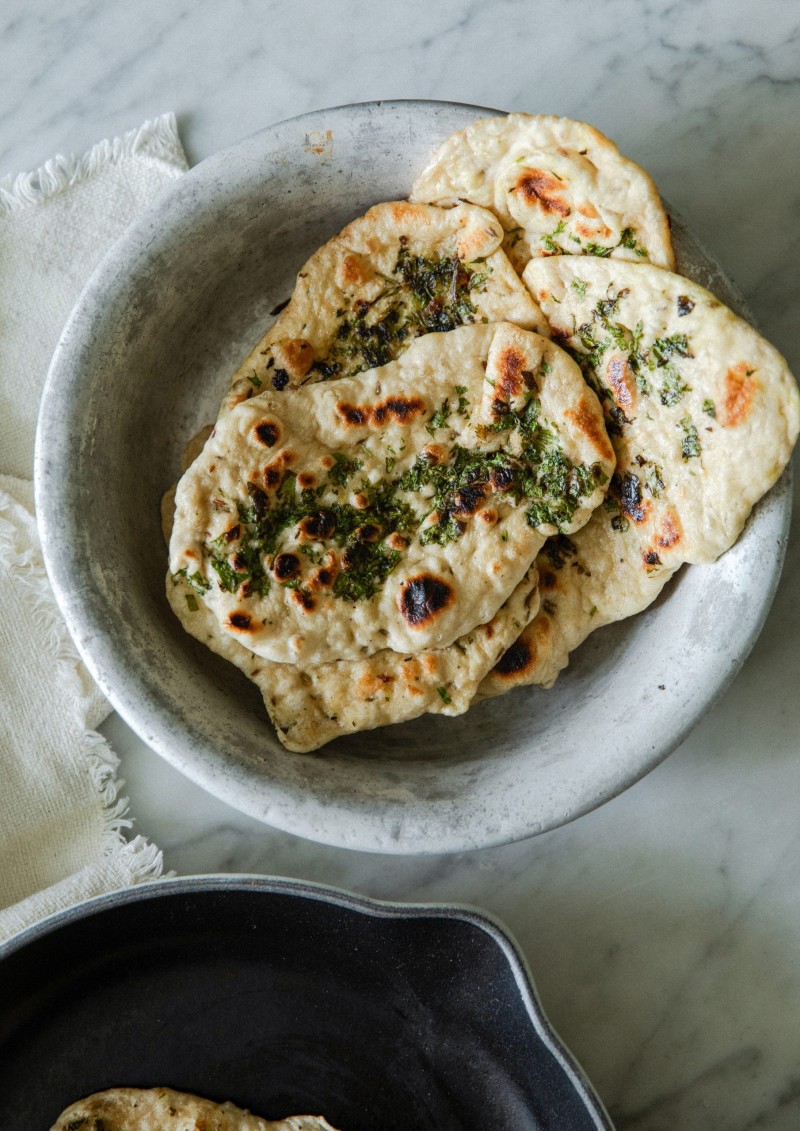
A basic loaf uses flour, water, yeast, and salt. These staples cost less per slice than most shop loaves. You also reduce plastic packaging and can time your bakes to match your meals.
A rough cost comparison in the UK:
- Flour for one loaf, about 500 g, costs 20 to 40 pence from a 1.5 kg bag.
- Yeast costs a few pence per teaspoon.
- Salt and oil are pennies.
- Energy for a home oven might add 20 to 40 pence per bake.
A typical homemade loaf often lands near 60 to 90 pence. A standard shop loaf may cost £1.20 to £1.50, while bakery loaves can reach £2.50 to £4.00. If you bake two loaves a week, you can save several pounds each month. Over a year, that becomes a clear budget win.
You also control waste. Bake what you need, slice and freeze the rest, then toast from frozen as required. Leftovers become useful, not a burden.
Affordable Ingredients for Everyday Baking
Common low-cost items make reliable bread:
- Strong white flour or wholemeal flour
- Water from the tap
- Fine sea salt
- Instant or active dry yeast
Batch baking helps. Make two loaves on a Sunday, cool them, then slice and freeze one. Pull out slices as needed for lunch or breakfast. For better value, buy flour in bulk from local shops or co-ops, and store it in airtight tubs. Keep yeast in the fridge to extend its life.
Cut Down on Food Waste with Versatile Recipes
Bread does not need to be perfect to be useful. Turn stale slices into:
- Croutons for salads and soups
- Breadcrumbs for coating chicken or topping pasta bakes
- Bread and butter pudding for a simple dessert
Leftover dough can become rolls, flatbreads, or mini pizza bases. Use overripe bananas or apples in quick sweet breads. Plan bakes around your weekly shop. If you have a big stew one night, make a quick loaf for dipping. If you plan sandwiches, bake a soft tin loaf the day before.
Find Joy and Build Skills Through Baking
Baking bread is a skill that grows with you. The steps are clear and calm, and the results are satisfying. You learn how dough should feel, how long proving takes in your kitchen, and how to shape with care. The process builds confidence without taking over your day.
Many recipes require less than an hour of active time. The rest is hands-off. While the dough proves, you can read, tidy, or relax. You do not need expensive gear to begin. A bowl, a spoon, and a tin cover most needs. A digital scale helps with accuracy and repeatable results.
Relax and Unwind with Hands-On Baking
Kneading is a simple way to slow down. Your hands press, fold, and stretch, and your mind follows that rhythm. Put on music, chat with a partner, or work quietly. The routine suits evening wind-down. Start the dough after supper, shape it, then leave it in the fridge overnight. Bake in the morning for fresh toast and a calm start to the day.
Share and Connect Over Warm Loaves
Bread invites company. A warm loaf handed to a neighbour opens the door to conversation. A basket of rolls at a community event draws people in. Baking also creates family moments. Children can shape rolls, sprinkle seeds, and learn patience.
Try themed bakes to make sharing fun:
- Herb and garlic loaf for weekend pasta
- Oat-topped sandwich bread for school lunches
- Seeded rolls for picnics or soups
Bread is more than food. It is a small act of care that people remember.


